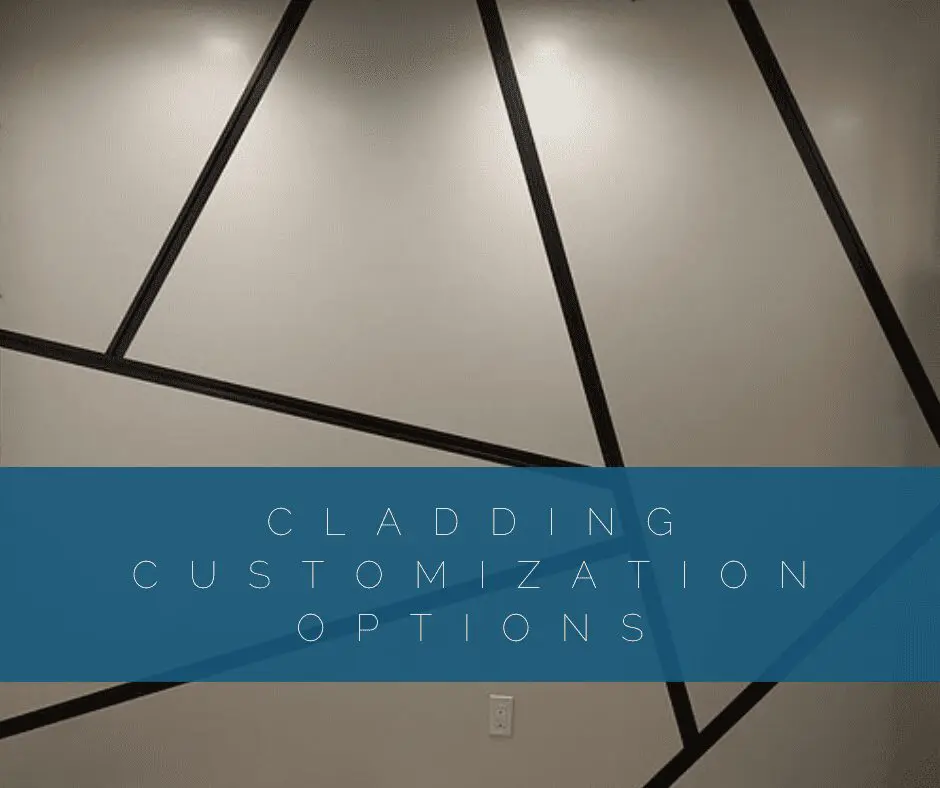ACM Panels or Stucco siding?
A new trend in architecture is taking the industry by storm. Aluminum composite material (ACM) panels are quickly becoming the go-to siding solution for homes and commercial buildings of all sizes. But what about more traditional materials? How do they stack up in comparison?
Stucco siding is a cement-type mixture that is composed of cement, lime, sand, fiber, and water. Modern stucco siding also makes use of additives that increase its flexibility and durability when exposed to the elements. Conventionally applied in layers, the stucco panel is a versatile finish that works best in warm, dry climates. When comparing stucco’s functionality with ACM panels, the water management and long-term durability of stucco is lacking. Naturally, the modern, stand-out appearance of aluminum panels is often a deciding factor as well!
Advantages of ACM Panels over Stucco Panels
1. Durability
Over time, building foundations tend to settle. When that happens, stucco may begin to crack. Cracks in stucco may be repaired, although over time this can become costly.
2. Installation time
An important factor for new construction, ACM QuickPanels offer a seamless and fast installation experience with a simple two-step lock-in procedure. Stucco installation involves a time-consuming process where coats are applied in layers to the exterior of the building.
3. Water management
Siding’s most important function is keeping moisture away from the building envelope. ACM panels offer exceptional water management features by using specialized water channels, weather-sealed screws, and a rainscreen system that prevents moisture build-up. Stucco is porous and lacks any water management features, making it a lackluster choice in wet environments.
4. Curb appeal
Increasingly popular with the more modern designs, ACM panels offer exceptional light reflective properties that create a bright, brilliant exterior on any building.
Comparing Stucco Panels and ACM Panels installation processes
Applying Stucco siding
Stucco is applied in layers, which is a time-consuming and labor-intensive process. The installation time for stucco depends upon the base material used for creating the building’s frame, with wood frames requiring more coats and taking more time than brick or concrete.
Traditionally, stucco would be applied in three coats: 1. A “scratch coat” that adheres to the metal lath attached to the house’s exterior, 2. A “brown coat” that acts as a base and adds strength 3. And finally, a “finish coat” that creates the textured surface that stucco is known for.
Installing ACM Panel siding
Requiring little time or expertise to install, ACM panels offer great value during installation.
Generally, ACM panels are cut to size and installed onto a mounting system. Weather-sealed screws are used to adhere the backplates, spacers, and studs to form a solid base. The mounting system then holds the panels in place while top caps lock the panels together to create the finished exterior.
Deciding between ACM Panels and Stucco siding
When it comes to deciding between the two, it’s clear that the functionality of ACM panels far exceeds that of stucco siding. Depending on the building’s purpose, stucco may still perform adequately. However, when it comes to long-term durability, ACM panels can withstand small shifts in the foundation, offer easier maintenance, and keep moisture away to protect the building itself.
Stucco has long been a top contender in siding. That is quickly changing as property managers and homeowners alike realize the value that comes with a superior siding system. ACM panels, such as QuickPanel provide the safety, functionality, and aesthetic characteristics that forward-thinking property owners appreciate most. Contact a representative today to find out how QuickPanel Systems would benefit your next project!










